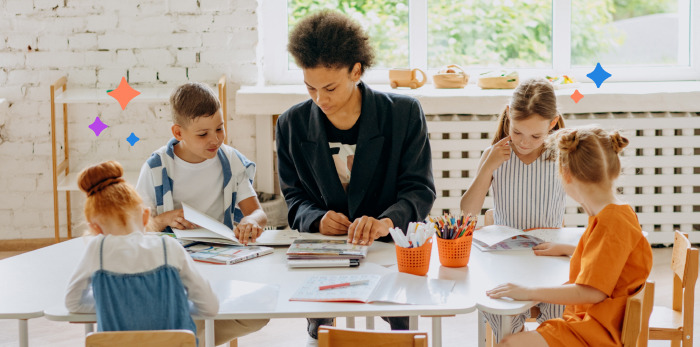Introduction:
The Library of Congress provides educators with a treasure trove of resources that can enrich and engage students in classrooms across the nation. Through their extensive digital collections and free-to-access website, educators can find valuable materials to supplement their lesson plans. In this article, we’ll explore five such resources available through the Library of Congress.
1. Primary Source Sets:
The Library of Congress has curated primary source sets which are collections of materials that revolve around a central theme or historical event. These sets include photographs, political cartoons, maps, and other primary sources that provide students with a first-hand look at history. Teachers can incorporate these resources into their lesson plans to encourage critical thinking and analysis among their students. Browse the primary source sets here: https://www.loc.gov/classroom-materials/primary-source-sets/
2. “Everyday Mysteries” –- Fun Science Facts from the Library of Congress:
“Everyday Mysteries” is an engaging online resource that delves into science-related questions and their answers gathered from the Library’s vast collection of scientific materials. For example, have you ever wondered why popcorn pops or if spiders can really fly? The answers to these questions and many more can be found in the “Everyday Mysteries” series. This resource is perfect for sparking the curiosity of young students and encouraging interest in science: https://www.loc.gov/everyday-mysteries/
3. Chronicling America –- Historic American Newspapers:
Chronicling America is a project that aims to digitize historical newspapers from across the United States. With over 16 million pages from newspapers published between 1690 and today, it is an invaluable resource for any history teacher looking to bring authentic primary source material into their classroom. Students can read these newspapers to gain insight into various eras and understand events as they unfolded in real-time: https://chroniclingamerica.loc.gov/
4. National Jukebox –- Historical Recordings:
The National Jukebox is a collection of over 10,000 historical sound recordings from various genres, including music, speeches, and spoken word. By listening to these recordings, students can gain a deeper understanding of the cultural atmosphere and distinctive sounds of different time periods. Teachers can even create custom playlists to supplement their lesson plans: https://www.loc.gov/collections/national-jukebox/
5. Educational Webinar Series:
The Library of Congress offers a range of professional development webinars tha teach educators how to effectively incorporate the Library’s digital resources into their classrooms. These webinars cover diverse topics like primary source analysis, teaching strategies, and subject-specific resources. Access the upcoming webinar schedule here: https://www.loc.gov/programs/teachers/professional-development/webinars-upcoming/
Conclusion:
The Library of Congress provides educators with an abundance of valuable classroom resources that can transform students’ learning experiences. By incorporating these free materials into their curricula, teachers can help students develop analytical skills, stimulate curiosity, and foster a deeper appreciation for history and culture.

